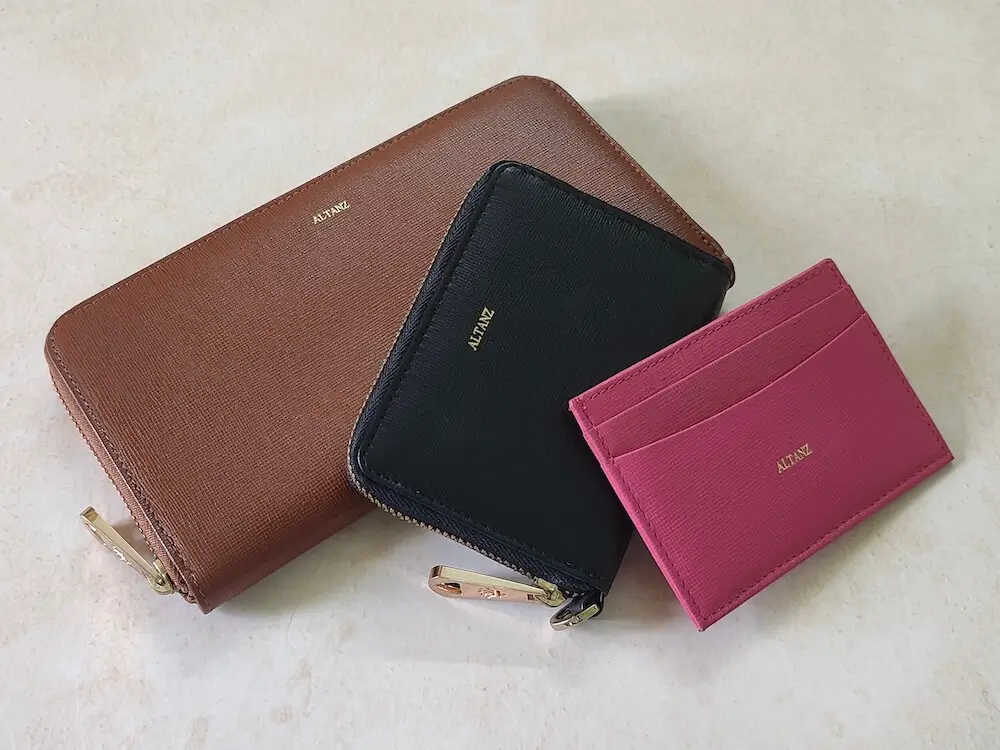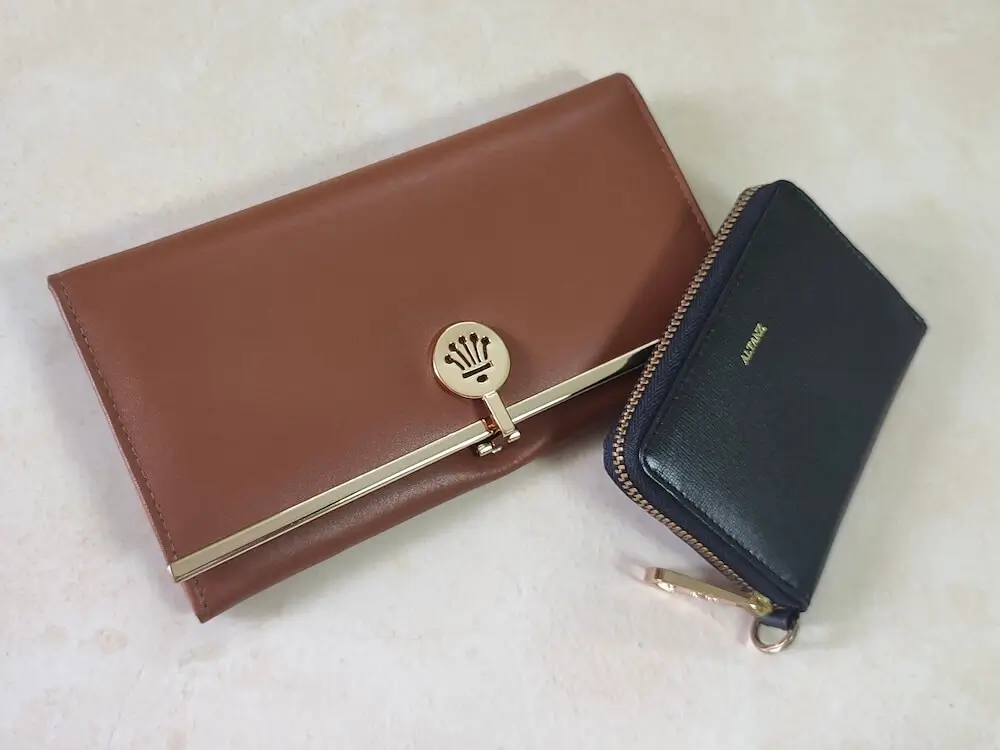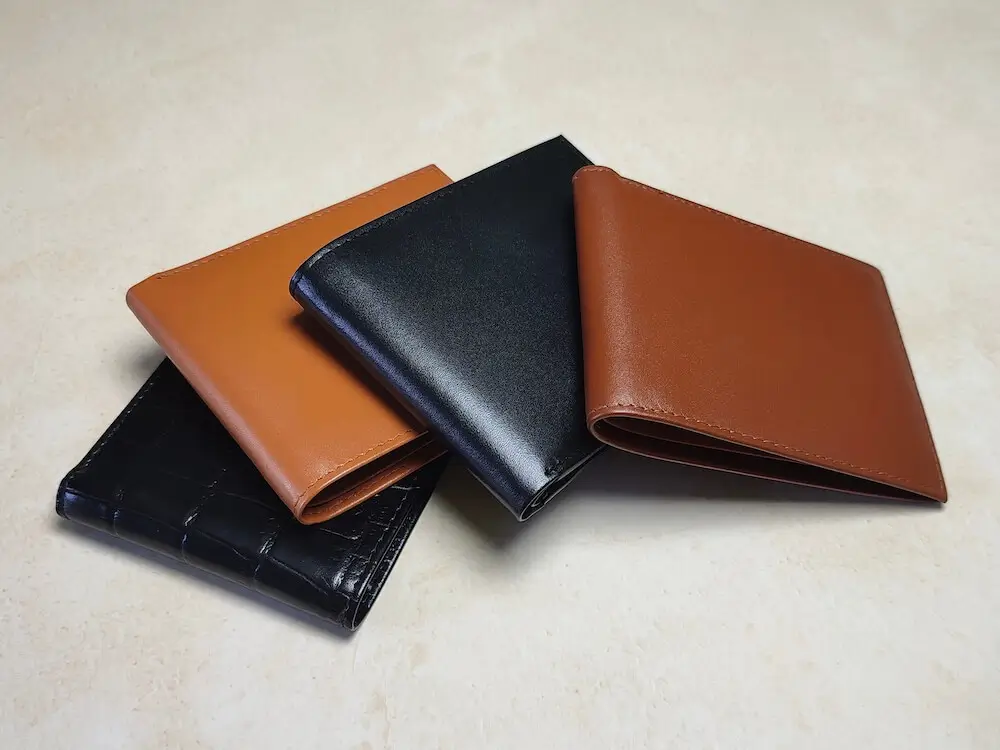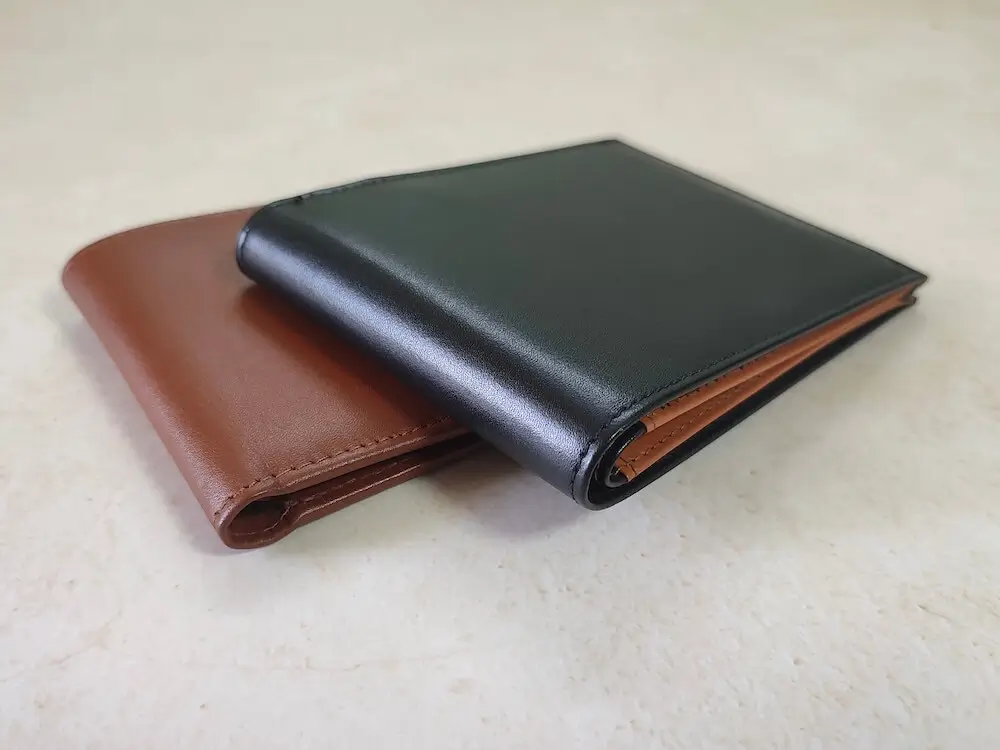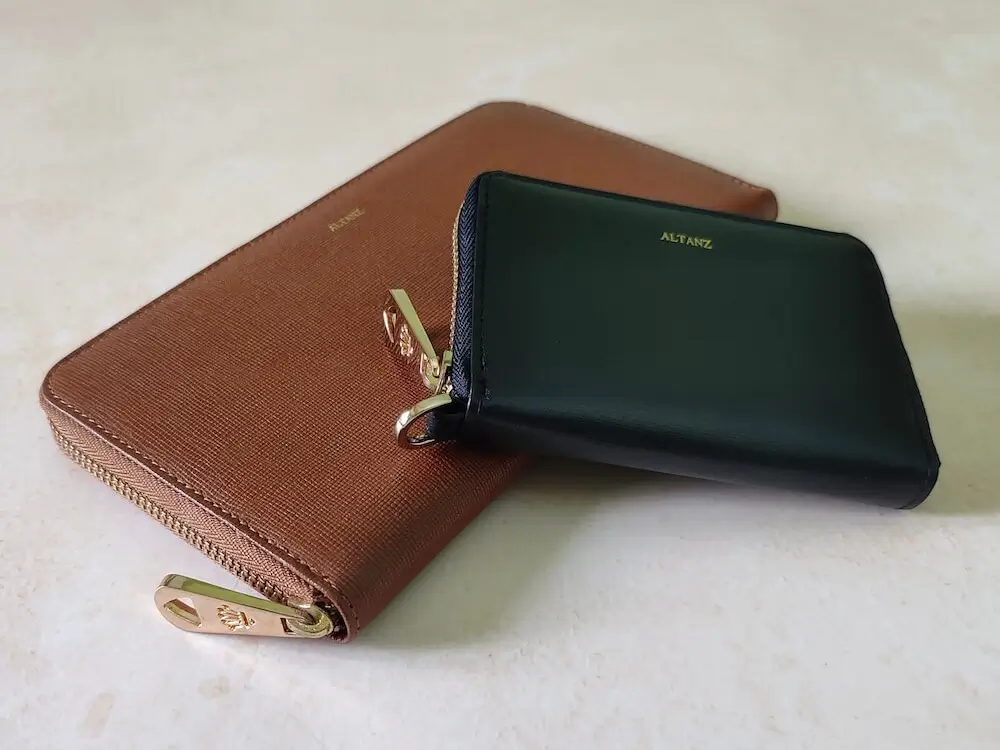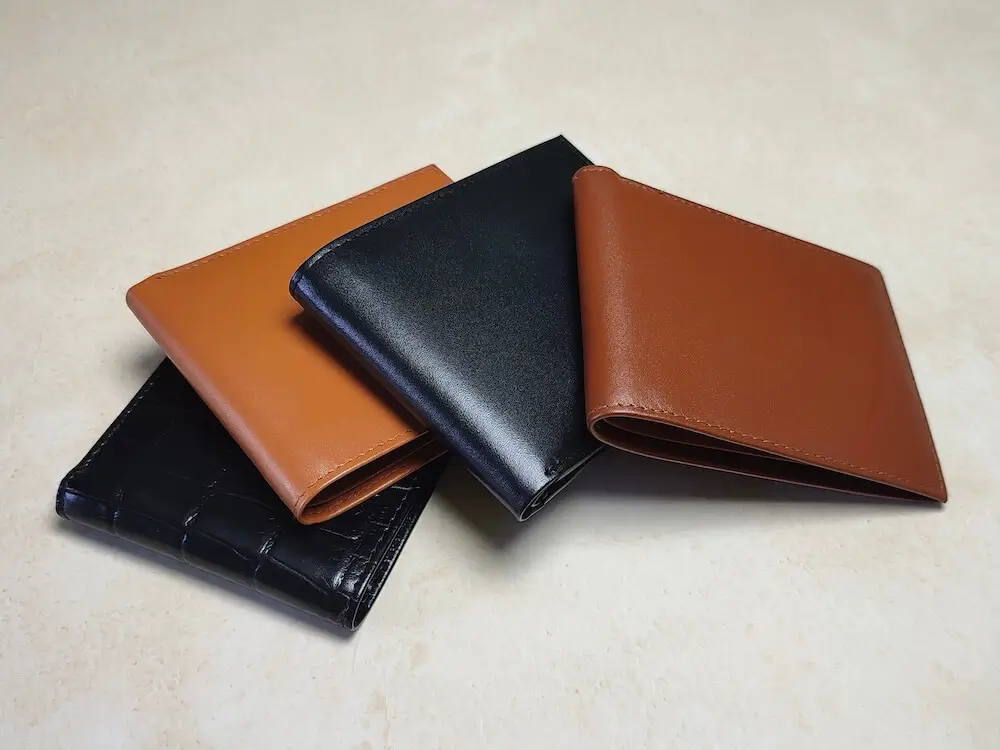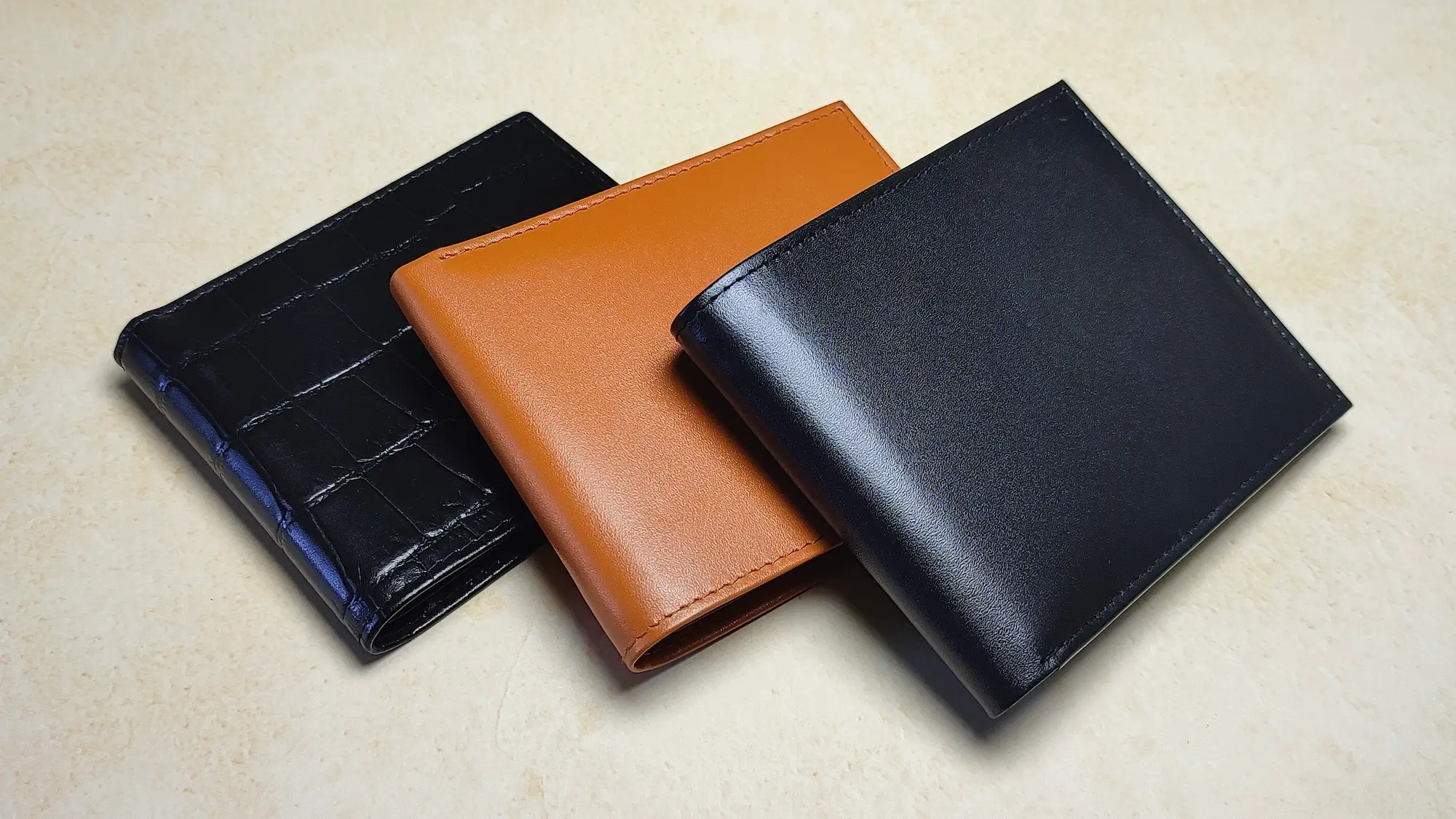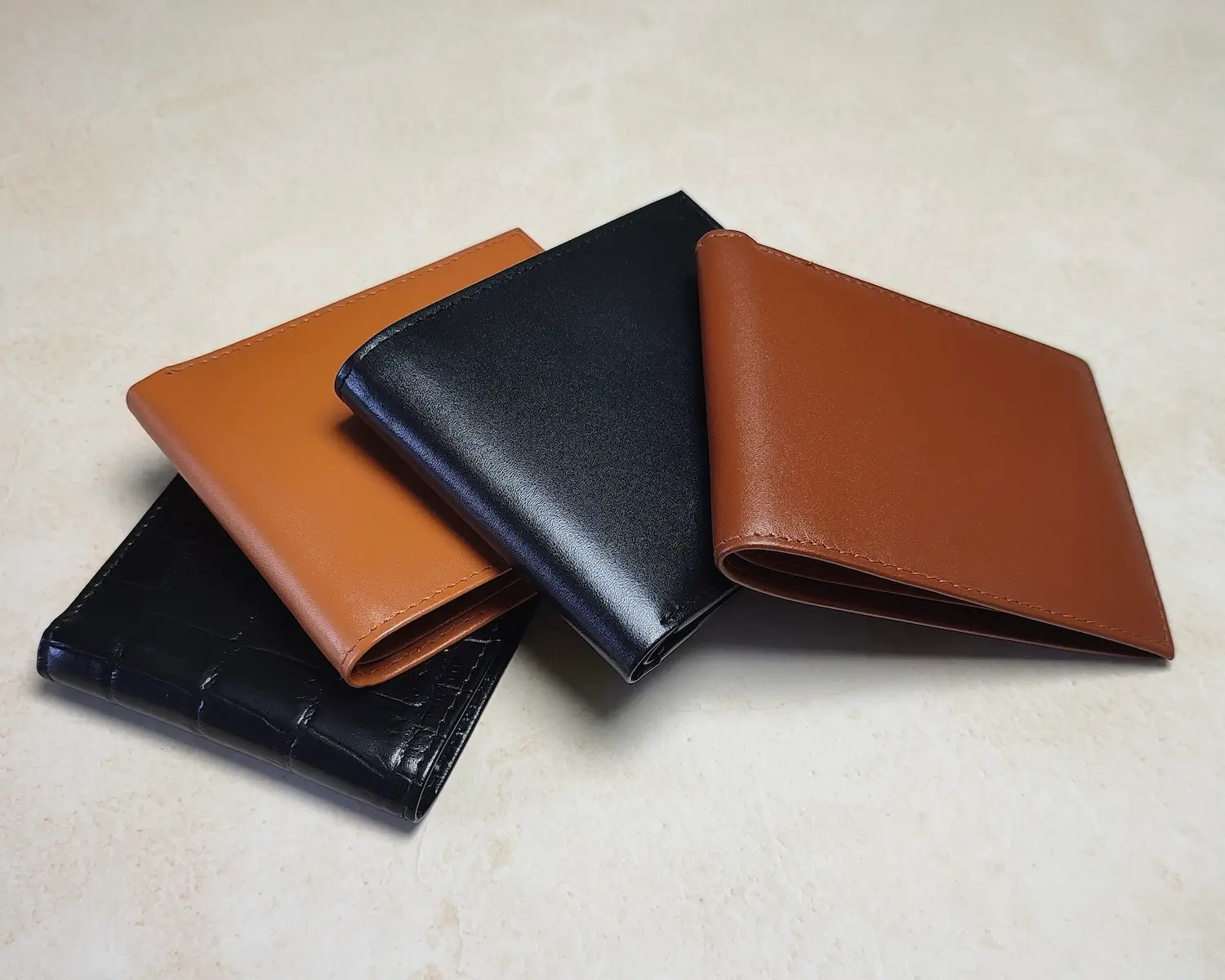Leather Care & Maintenance
The Ultimate Guide to Caring for Your Leather Goods: Maintenance Tips for Longevity
Introduction
Leather goods are prized for their elegance, durability, and timeless appeal. Whether it’s a wallet, handbag, or pair of shoes, leather accessories can last a lifetime when properly cared for. Without regular maintenance, however, leather can crack, fade, or lose its distinctive charm.
This guide provides essential tips to help you clean, condition, and protect your leather goods, ensuring they remain beautiful and functional for years to come.
Understanding Leather: What Makes It Special?
Before diving into care techniques, it’s important to understand what makes leather such a unique material.
Characteristics of Leather
Leather is cherished for its natural properties:
- Durability: High-quality leather withstands wear and tear better than most materials.
- Flexibility: It molds and adapts to use while maintaining its strength.
- Natural Aging: Over time, leather develops a patina, enhancing its visual appeal.
Common Types of Leather
Each type of leather has distinct qualities and care needs:
- Full-Grain Leather: The most durable and luxurious, full-grain retains its natural imperfections and patina.
- Top-Grain Leather: Polished for a smoother finish but slightly less durable than full-grain.
- Genuine Leather: A budget-friendly option with a uniform appearance.
- Suede and Nubuck: Soft, velvety textures that require specialized care.
- Exotic Leathers: Unique and delicate, including alligator, snakeskin, and ostrich.
How Leather Ages Over Time
Leather’s appearance changes with use and care:
- Patina Development: A soft sheen forms over time, adding character.
- Environmental Effects: Exposure to moisture, sunlight, and dirt can cause fading or cracking.
- Neglect Signs: Dryness, stiffness, and visible wear occur without proper maintenance.
Essential Leather Care Tools and Products
Having the right tools and products makes leather maintenance easy and effective.
Cleaning Supplies
- Microfiber Cloths: Gentle and non-abrasive for wiping and buffing.
- Soft Brushes: Ideal for removing dirt from textured leather like suede or nubuck.
- Leather Cleaners: Formulated to lift grime without harming the material.
Conditioning Products
- Balms and Creams: Restore moisture and flexibility to smooth leathers.
- Oils: Natural oils like neatsfoot or mink oil soften tough or aged leather.
- Specialty Conditioners: Designed for exotic or delicate leathers.
Protectants and Waterproofing Sprays
- Waterproofing Sprays: Protect leather from water stains and moisture.
- UV Protectants: Shield against fading caused by sunlight.
- Dust Bags and Covers: Prevent dirt accumulation during storage.
Daily Leather Maintenance Tips
Daily habits play a crucial role in preserving the quality of leather goods.
Keep Leather Clean
Dust and dirt can degrade leather over time:
- Wipe Daily: Use a dry microfiber cloth to remove surface dust.
- Spot Clean As Needed: Treat minor stains immediately to prevent setting.
Avoid Overloading and Straining
Overloading can deform leather items like bags or wallets:
- Smart Packing: Avoid overstuffing leather bags to maintain their shape.
- Careful Handling: Use appropriate straps and avoid pulling zippers harshly.
Proper Handling Practices
Handle leather items with care to prevent scratches and scuffs:
- Avoid Rough Surfaces: Place leather goods on soft, clean areas.
- Be Mindful of Sharp Objects: Keep keys, pens, and other sharp items separate from leather.
Cleaning Leather Goods the Right Way
Cleaning is an essential part of leather maintenance, but it must be done correctly to avoid causing damage.
Cleaning Smooth Leather
Smooth leather is relatively easy to clean but requires the right techniques:
- Wipe Down Regularly: Use a damp microfiber cloth to remove dirt and dust.
- Apply a Leather Cleaner: Use a pH-balanced cleaner, applied sparingly, and rub gently in circular motions.
- Dry Thoroughly: Wipe off any excess cleaner with a dry cloth and let the leather air-dry naturally.
Cleaning Suede and Nubuck
Delicate leathers like suede and nubuck require extra caution:
- Brush Dirt Away: Use a soft-bristled suede brush to remove loose dirt and restore the texture.
- Spot Clean: For stains, use a suede eraser or a specialized cleaner designed for nubuck.
- Avoid Water: Keep suede and nubuck dry to prevent discoloration and stiffness.
Removing Stains and Spills
Quick action can prevent stains from becoming permanent:
- Water Stains: Blot with a dry cloth and blend the damp area with the surrounding leather.
- Ink Marks: Use a cotton swab dipped in rubbing alcohol for smooth leather, but test in an inconspicuous area first.
- Grease Stains: Sprinkle cornstarch or talcum powder on the stain and let it absorb the oil overnight before brushing it off.
Conditioning Leather for Longevity
Leather naturally loses moisture over time, leading to dryness and cracks. Conditioning replenishes essential oils to keep it supple and smooth.
Why Conditioning Is Crucial
Conditioning prevents premature aging and enhances the beauty of leather:
- Restores Flexibility: Keeps leather soft and easy to handle.
- Prevents Cracking: Replaces natural oils lost due to exposure and use.
- Enhances Appearance: Brings out the rich color and sheen of the leather.
How to Condition Leather
Follow these steps for effective conditioning:
- Clean First: Ensure the leather is clean and dry before applying conditioner.
- Apply Conditioner: Use a soft cloth to apply a small amount in circular motions.
- Let It Absorb: Allow the conditioner to soak in for 15–20 minutes.
- Buff the Surface: Use a dry cloth to remove excess product and polish the leather.
Best Conditioners for Different Leather Types
Different leather types benefit from tailored products:
- Full-Grain and Top-Grain Leather: Use rich creams or balms.
- Suede and Nubuck: Opt for sprays or foams specifically designed for textured leathers.
- Exotic Leathers: Use specialty conditioners to preserve unique finishes and patterns.
Protecting Leather from Environmental Damage
Leather is sensitive to external factors like water, sunlight, and heat. Proper protection ensures it stays durable and visually appealing.
Preventing Water Damage
Water can stain and weaken leather if not addressed:
- Waterproofing Sprays: Apply a water-repellent spray to protect against moisture.
- Blot Wet Leather: If the leather gets wet, blot gently with a dry cloth and allow it to air-dry.
- Avoid Prolonged Exposure: Keep leather away from rain or damp environments whenever possible.
Shielding Against Sunlight and Heat
Sunlight and heat can cause fading and dryness:
- Store Away from Sunlight: Avoid leaving leather items near windows or in cars during hot weather.
- Use UV Protectants: Apply a leather-safe UV spray to minimize fading.
- Avoid Heat Sources: Keep leather away from radiators, heaters, or direct heat sources.
Storing Leather Goods Properly
Proper storage prevents unnecessary wear during periods of non-use:
- Use Dust Bags: Place items in breathable dust covers to keep them clean.
- Maintain Shape: Use inserts or tissue paper to support bags and prevent sagging.
- Store in a Cool, Dry Place: Avoid humid environments to prevent mold or mildew.
Reviving and Restoring Old Leather Items
Even old leather goods can be brought back to life with the right care and techniques.
Deep Cleaning and Reconditioning
Aging leather often requires a thorough refresh:
- Clean Thoroughly: Use a leather cleaner to remove years of dirt and buildup.
- Apply Heavy-Duty Conditioner: Restore suppleness with a rich balm or oil.
- Polish for Shine: Buff the surface to revive its natural luster.
Fixing Scratches, Scuffs, and Cracks
Minor imperfections can be treated with repair products:
- Leather Balms: Use a tinted balm to blend scratches into the surrounding area.
- Repair Kits: For deeper cracks, use kits that include filler and color-matching solutions.
- Buffing and Conditioning: Always follow up with conditioning to smooth the repaired area.
Professional Restoration Services
For severe damage, professional care may be necessary:
- Reconditioning Services: Experts can re-dye, clean, and restore leather to near-original condition.
- Exotic Leathers: Professional services are recommended for delicate or rare leather types.
Common Leather Care Mistakes to Avoid
Avoiding common pitfalls ensures your leather goods remain in top condition.
Over-Cleaning or Over-Conditioning
Excessive care can harm leather:
- Stripping Oils: Frequent cleaning can remove essential natural oils.
- Clogging Pores: Over-conditioning can make leather greasy and attract dirt.
Using Improper Products
Not all cleaning or conditioning solutions are suitable for leather:
- Avoid Household Cleaners: Vinegar, ammonia, and detergent can cause drying and discoloration.
- Stick to Leather-Specific Products: Use only products designed for leather care.
Ignoring Regular Maintenance
Neglect can lead to irreversible damage:
- Delayed Cleaning: Dirt buildup becomes harder to remove over time.
- Skipping Conditioning: Leather that isn’t conditioned will crack and lose its appeal.
FAQs About Leather Care and Maintenance
-
How often should I clean and condition leather goods?
Clean leather every 2–3 weeks and condition it every 2–3 months, depending on use and exposure. -
Can I use household products like vinegar on leather?
It’s not recommended. Vinegar can strip oils and cause damage. Use leather-safe cleaners instead. -
What’s the best way to remove tough stains without damaging leather?
Use a leather-safe stain remover or consult a professional for deep stains. -
Are waterproof sprays safe for all types of leather?
Yes, but ensure the spray is compatible with the specific leather type, especially for suede or exotic materials. -
How can I restore the shine of leather that’s lost its luster?
Apply a neutral polish or balm and buff with a microfiber cloth for a glossy finish.
Conclusion
Caring for leather goods is an investment in their longevity, functionality, and beauty. With the right tools, regular maintenance, and a bit of effort, your leather items can remain durable and stylish for years to come. From daily cleaning to deep conditioning, following these tips ensures your leather looks better with time, enhancing its timeless appeal.
FAQ : Frequently Asked Questions
The Ultimate Guide to Caring for Your Leather Goods: Maintenance Tips for Longevity
Answer:
Clean leather every 2–3 weeks and condition it every 2–3 months, depending on use and exposure.
Answer:
It’s not recommended. Vinegar can strip oils and cause damage. Use leather-safe cleaners instead.
Answer:
Use a leather-safe stain remover or consult a professional for deep stains.
Answer:
Yes, but ensure the spray is compatible with the specific leather type, especially for suede or exotic materials.
Answer:
Apply a neutral polish or balm and buff with a microfiber cloth for a glossy finish.


